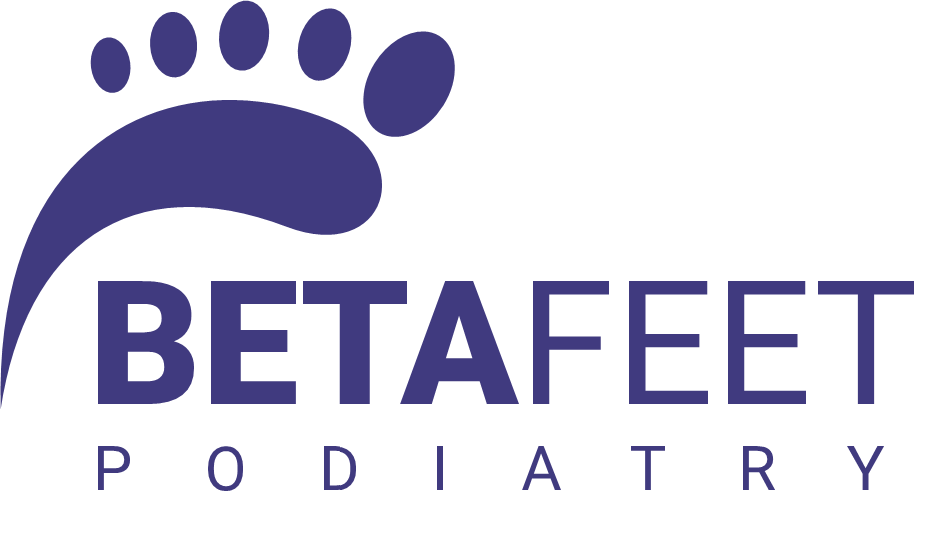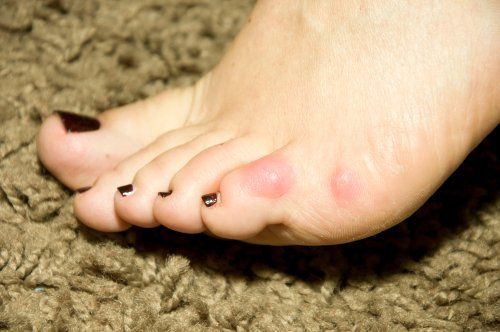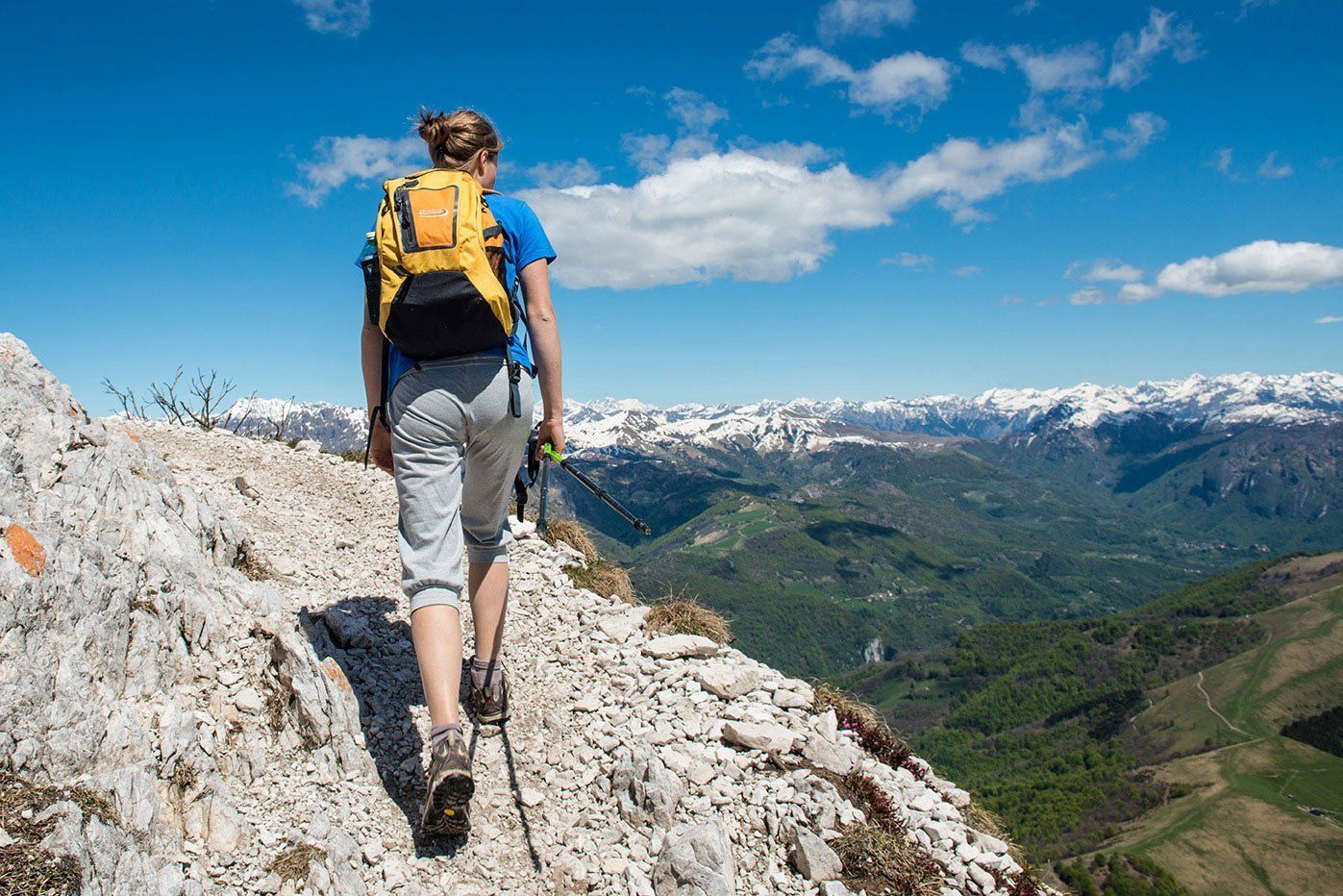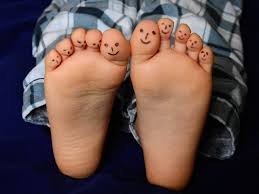What are corns and callus and what causes them?
When we walk or stand, our body weight is carried first on the heel and then on the ball of the foot, where the skin is thicker to withstand the pressure. When this pressure becomes excessive, some areas of skin thicken in the form of corns and callus, as a protective response to the body’s reaction to the friction of skin rubbing against a bone, shoe or the ground.
Callus (or callosity) is an extended area of thickened, hard skin on the soles of the feet. It is usually symptomatic of an underlying problem such as a bony deformity, a particular style of walking or inappropriate footwear. Some people have a natural tendency to form callus because of their skin type. Elderly people have less fatty tissue in their skin and this can lead to callus forming on the ball of the foot.
Corns are caused by pressure or friction over bony areas, such as a joint, and they have a central core which may cause pain if it presses on a nerve. There are five different types of corns, the most common of which are ‘hard’ and ‘soft’ corns:
- Hard corns
– these are the most common and appear as a small area of concentrated hard skin up to the size of a small pea usually within a wider area of thickened skin or callus. This may be a symptom of the feet or toes not functioning properly.
- Soft corns
– these develop in a similar way to hard corns but they are whitish and rubbery in texture and appear between toes where the skin is moist from sweat or from inadequate drying.
- Seed corns
– these are tiny corns that tend to occur either singly or in clusters on the bottom of the foot and are usually painless.
- Vascular/neurovascular corns
– these are corns that have both nerve fibres and blood vessels in them. They can be very painful and can bleed profusely if cut.
- Fibrous corns
– these arise when corns have been present for a long time and are more firmly attached to the deeper tissues than any other type of corn. They may also be painful.
What are the treatments?
It is advised not to cut corns yourself, especially if you are elderly or have diabetes. A podiatrist will be able to reduce the bulk of the corn and apply astringents to cut down on sweat retention between the toes in soft corns.
Always consult a podiatrist for advice before using commercially available products. In particular, be careful about using corn plasters, as they contain acids than can burn the healthy skin around the corn, which can lead to serious problems such as infection. Home remedies, like lamb’s wool around toes, are potentially dangerous. People with diabetes, poor circulation or a reduced immune system should not self-treat, but instead seek advice from a podiatrist.
A podiatrist will be able to remove corns painlessly, apply padding or insoles to relieve pressure or fit corrective appliances for long-term relief. For callus, your podiatrist will also be able to remove hard skin, relieve pain and redistribute pressure with soft padding, strapping or corrective appliances that fit easily into your shoes. The skin should then return to its normal state.
Elderly people can benefit from padding to the ball of the foot, to compensate for any loss of natural padding. Emollient creams delay callus building up and help improve the skin’s natural elasticity. Your podiatrist will be able to advise you on the best skin preparations for your needs.
How can I prevent them?
If you have corns or callus, you can treat them yourself occasionally by gently rubbing with a pumice stone or a foot file when you are in the bath and apply moisturising cream to help soften thickened skin a little at a time or relieve pressure between the toes with a foam wedge. Do not self-treat if you have diabetes, poor circulation on a reduced immune system, instead seek help from a podiatrist.
You may also need to wear more supportive or wider fitting footwear to reduce pressure on the affected area.
When should I see a podiatrist?
If you experience any foot care issues that do not resolve themselves naturally or through routine foot care within three weeks, it is recommended that you seek the help of a healthcare professional.
To talk to a podiatrist (also known as a chiropodist) about the options available regarding treatment, you can contact an NHS podiatrist or a private practice podiatrist. In both cases, always ensure that any practitioners you visit are registered with the Health and Care Professionals Council (HCPC) and describe themselves as a podiatrist (or chiropodist).
To contact an NHS podiatrist, please contact your GP practice for information on an NHS referral (in some areas you can self-refer).
To see a private practice podiatrists at Betafeet Podiatry in Hemel Hempstead and Tring call: 01442 249080 or 01442 822990 , or use our search Find A Podiatrist .“The podiatrist's primary role is to identify if there is an underlying mechanical issue contributing to the injury or pain.”






